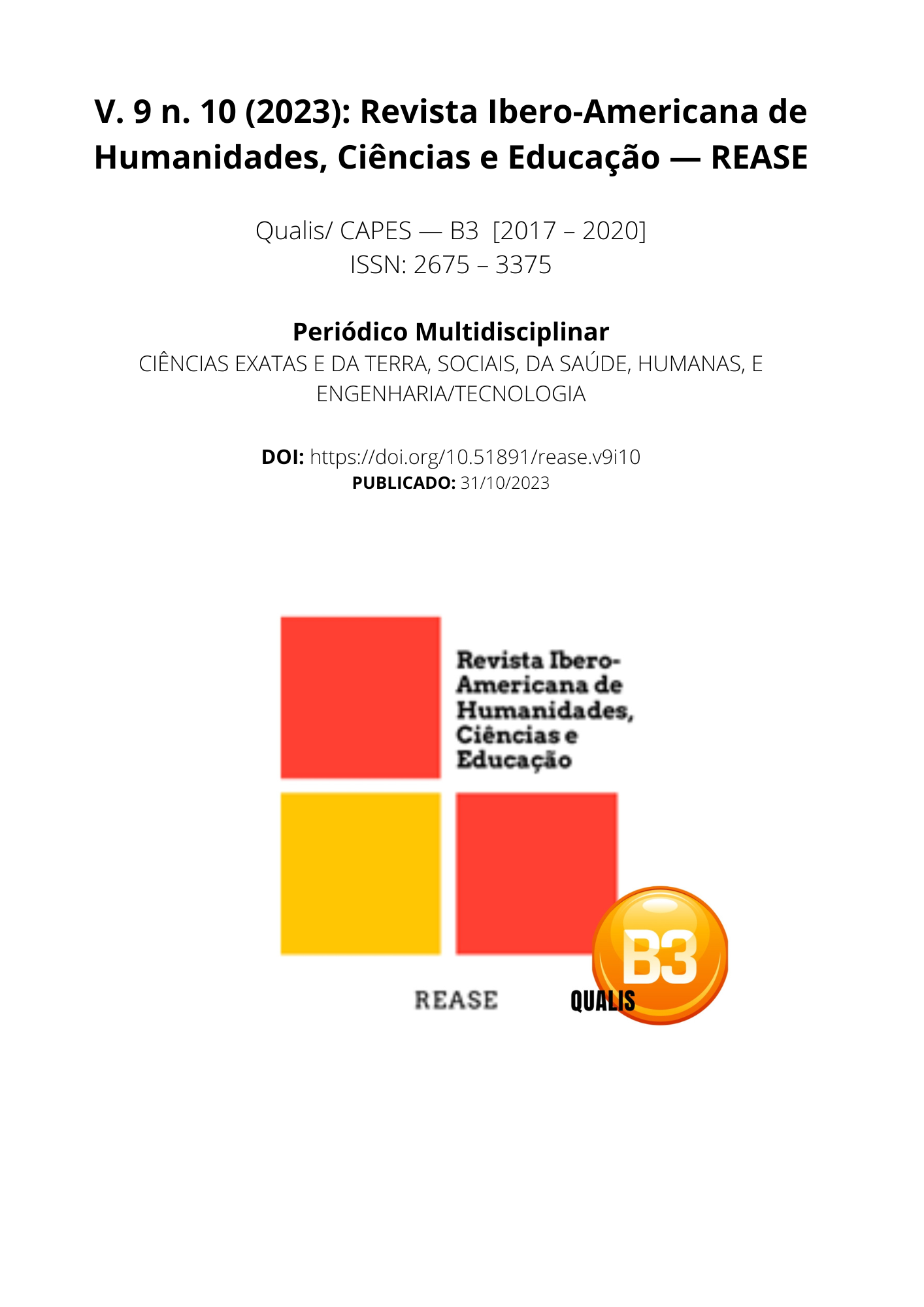COMPARISON OF THE FUNCTIONAL AUTONOMY OF ELDERLY PEOPLE, BEFORE AND AFTER PRACTICE OF THE PILATES METHOD
DOI:
https://doi.org/10.51891/rease.v9i10.12153Keywords:
Functionality. Pilates. Elderly. Physiotherapy.Abstract
Introduction: The Pilates method was developed with the aim of increasing the quality and functional autonomy of practitioners, and because it is a simple activity, it has been gaining ground in the current scenario. Objectives: Compare functional autonomy in elderly people before and after practicing the Pilates method. Materials and Methods: For this review, a search was carried out through virtual research in the current literature available in the database of the electronic libraries Pubmed, Medline, Lilacs and Scielo, from August 2023 to September 2023. The following descriptors were used; Functionality; Pilates; Elderly; Physiotherapy. Results: According to the findings, the results obtained in the studies demonstrated that the Pilates method was effective in improving levels of flexibility, balance, aerobic resistance, and in preventing comorbidities associated with the aging process. Conclusion: It is concluded that the Pilates method is a good strategy to provide greater functional autonomy, prevent various pathologies and consequently provide a better quality of life.
Downloads
Downloads
Published
How to Cite
Issue
Section
Categories
License
Atribuição CC BY

